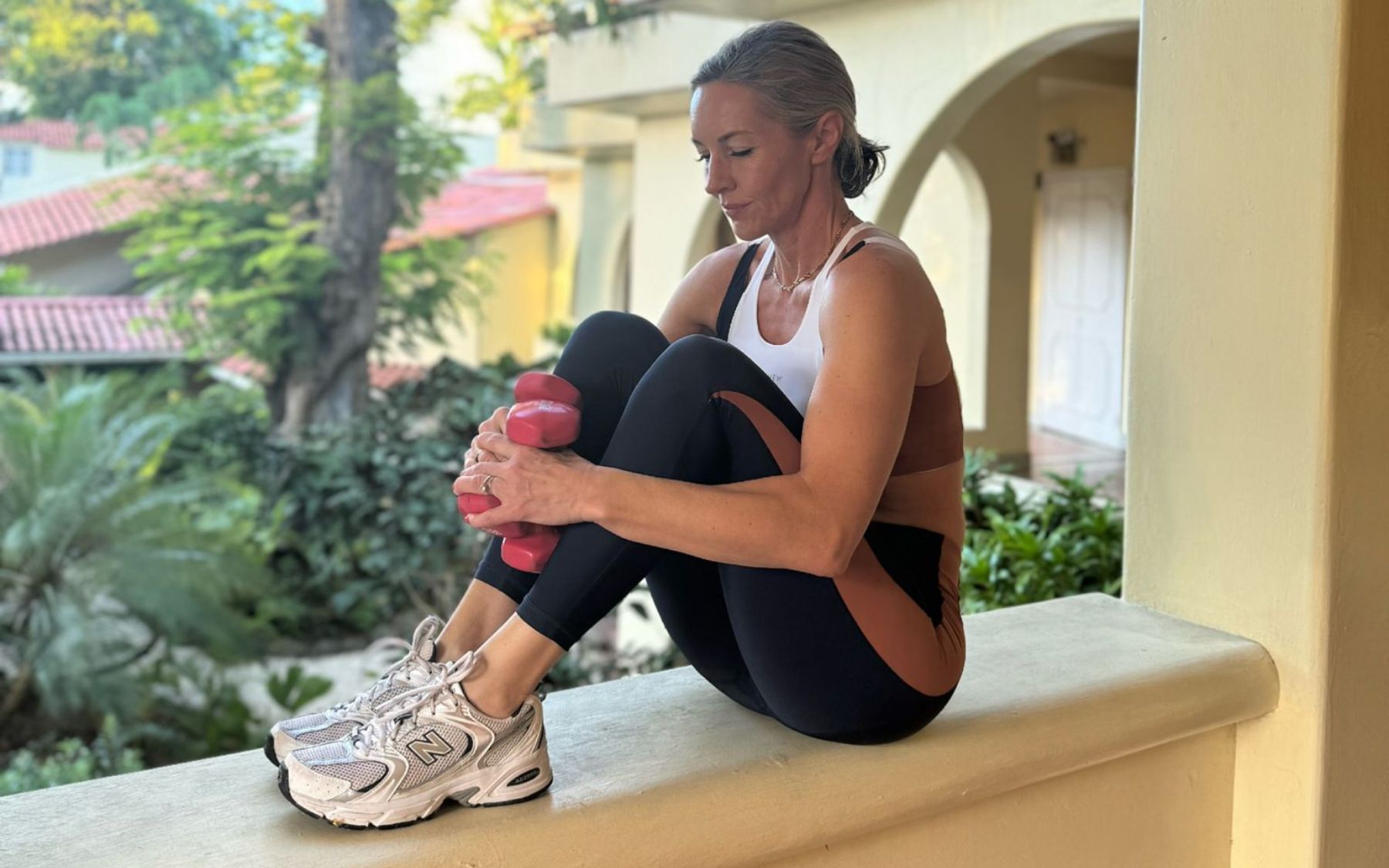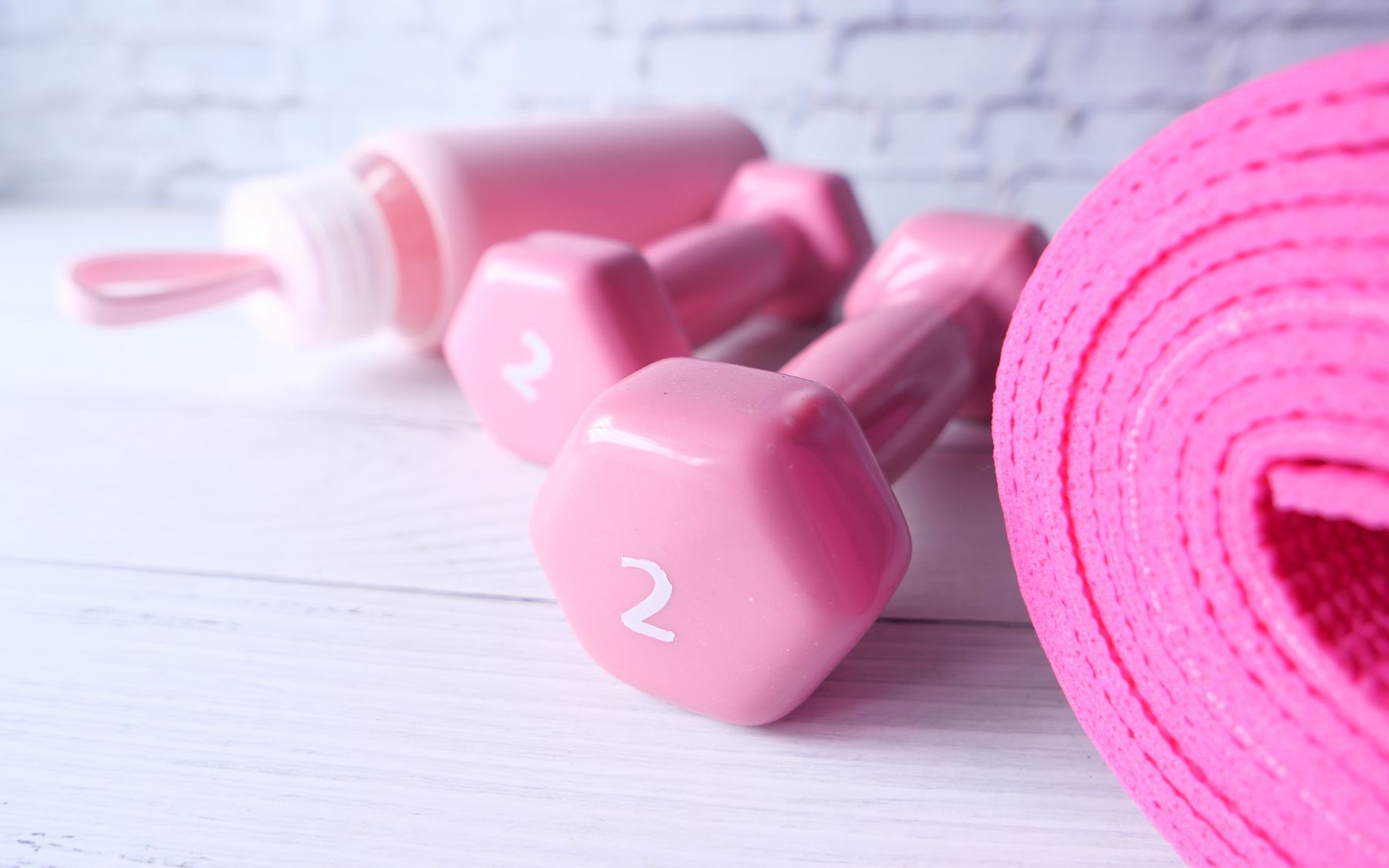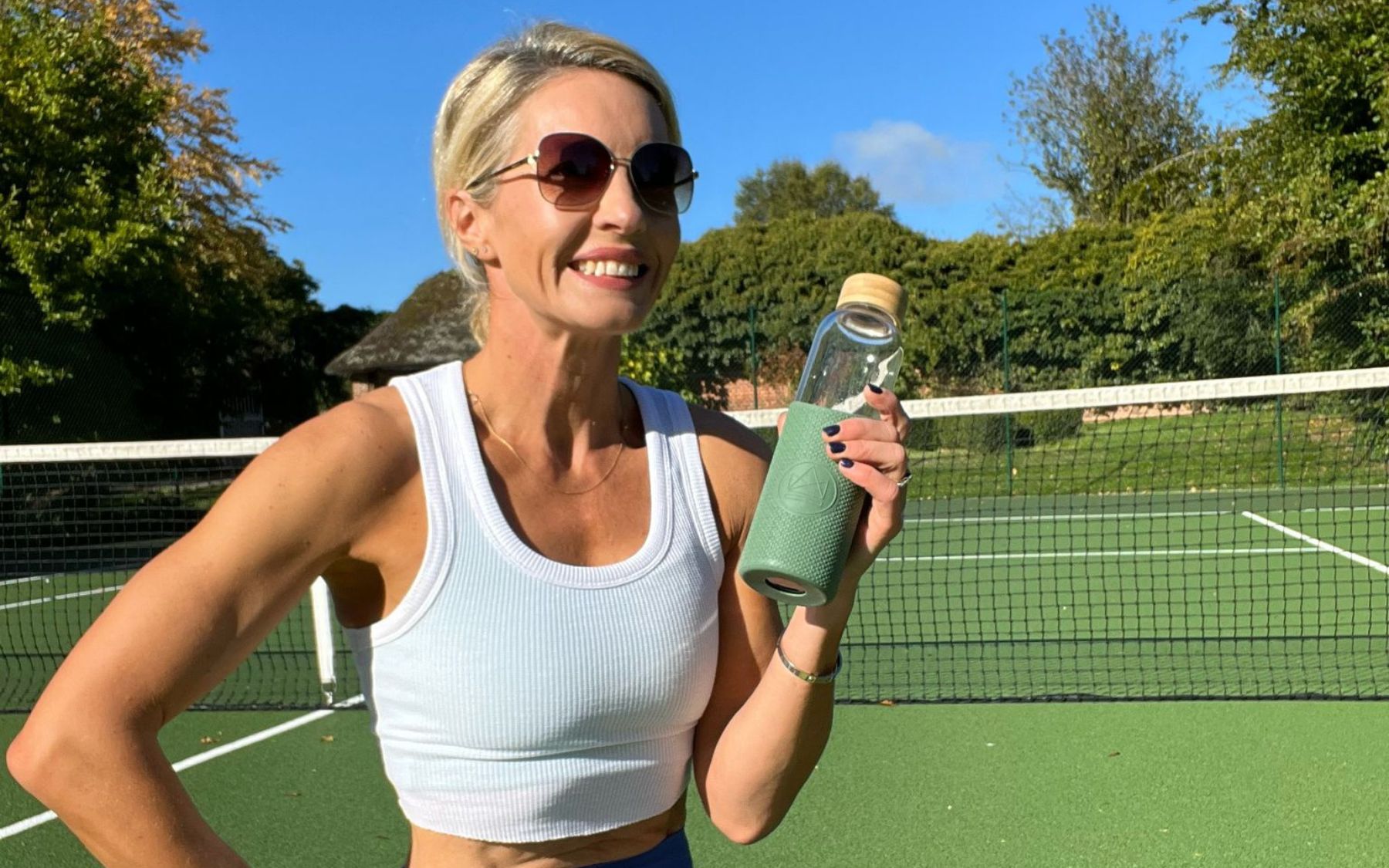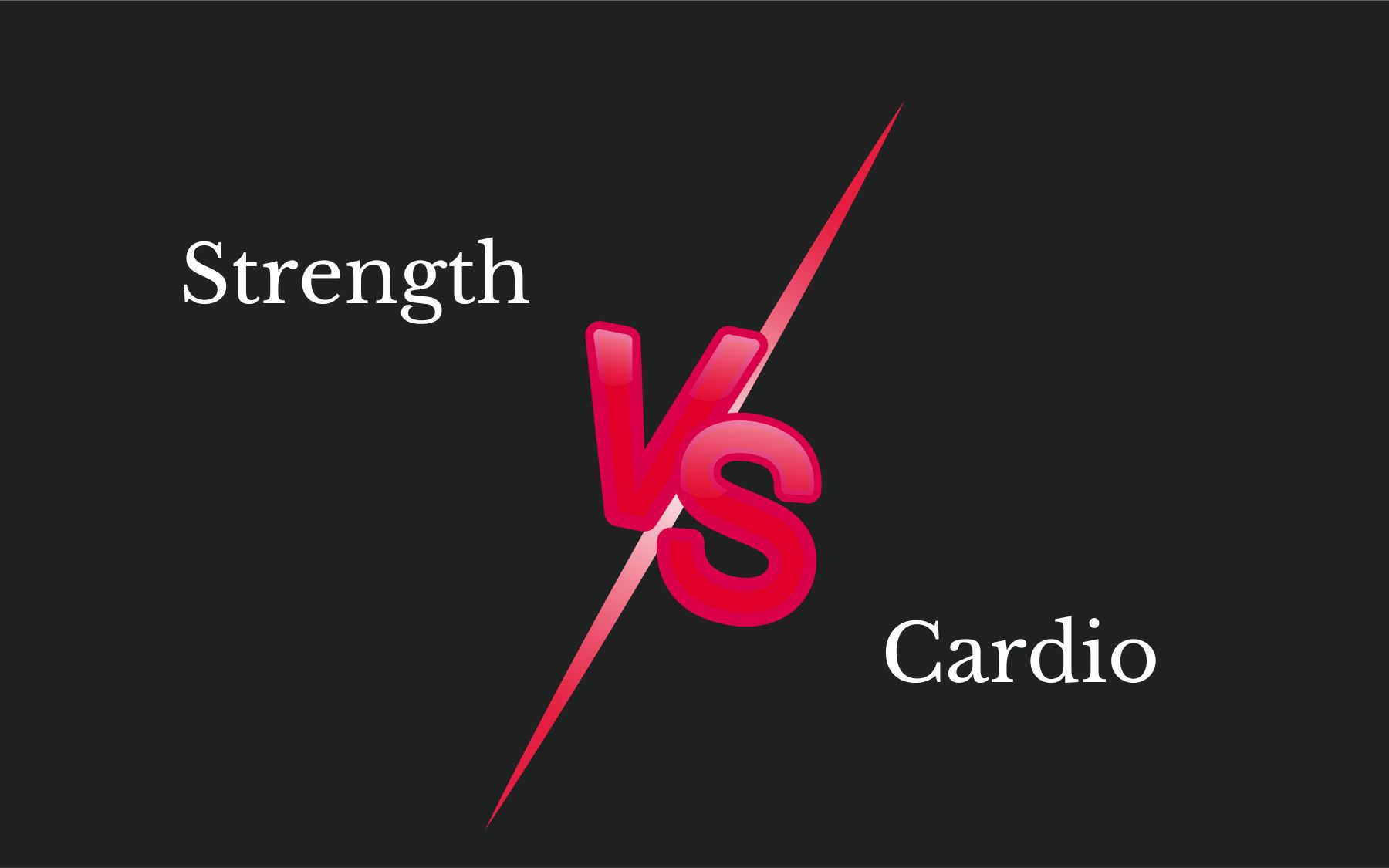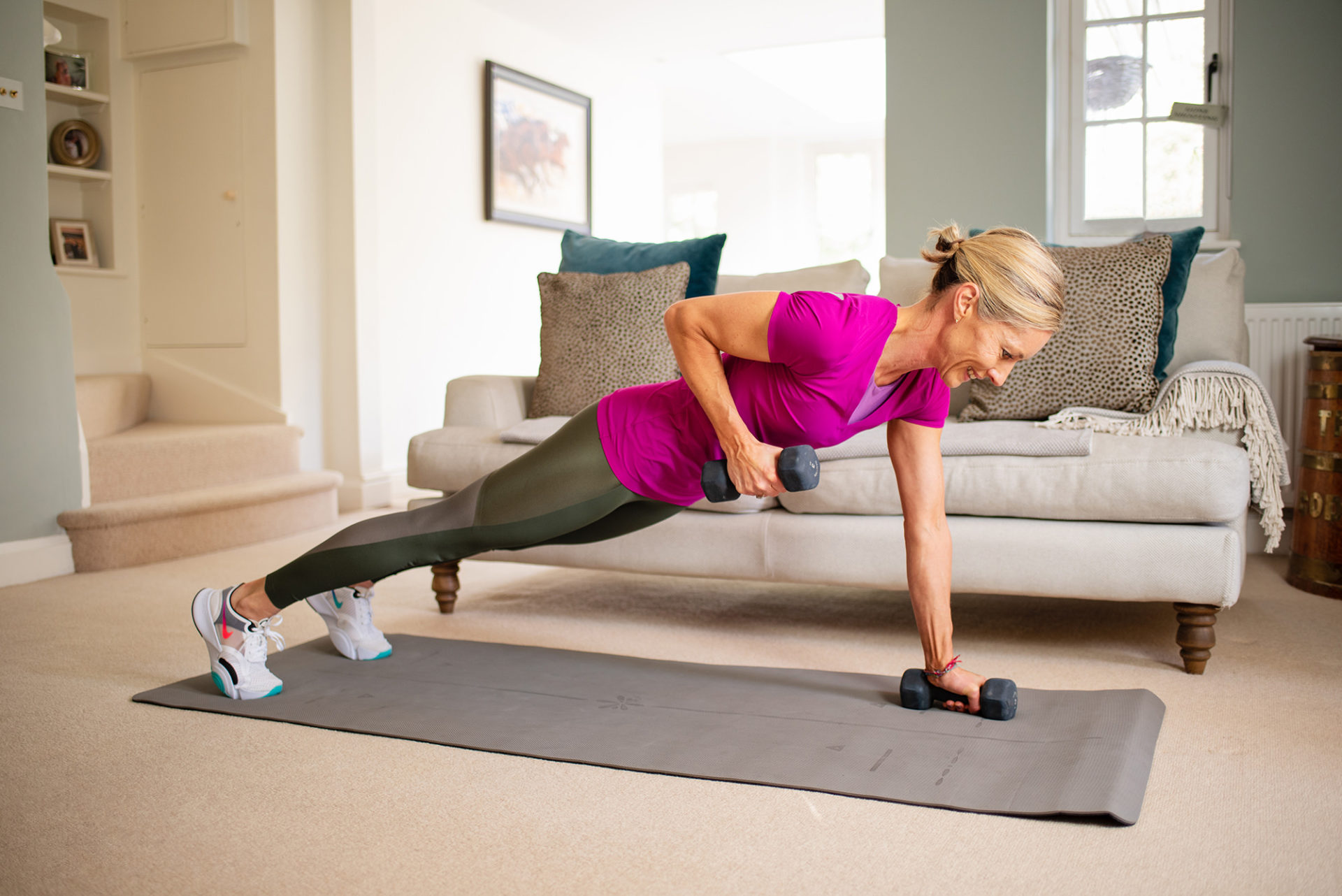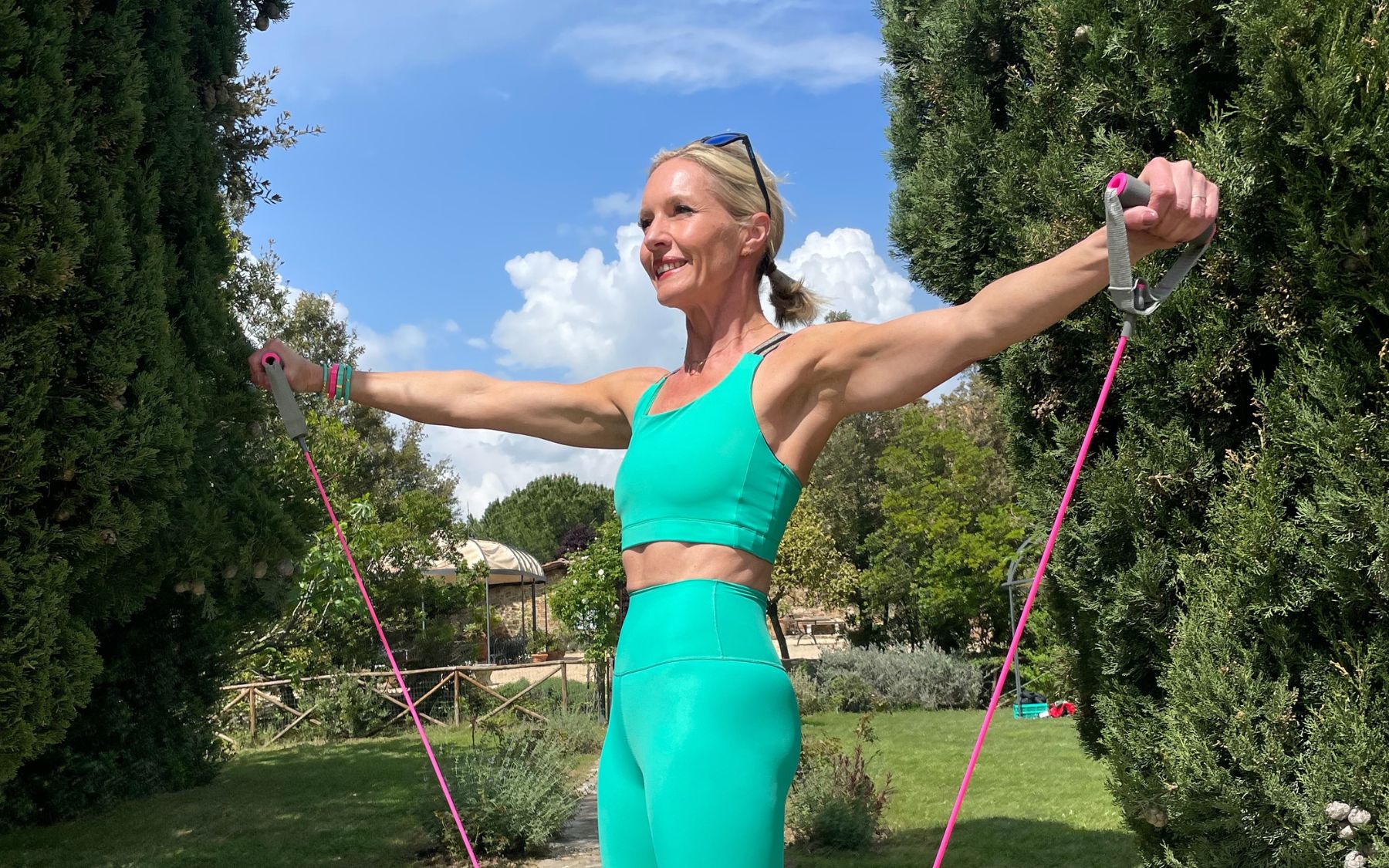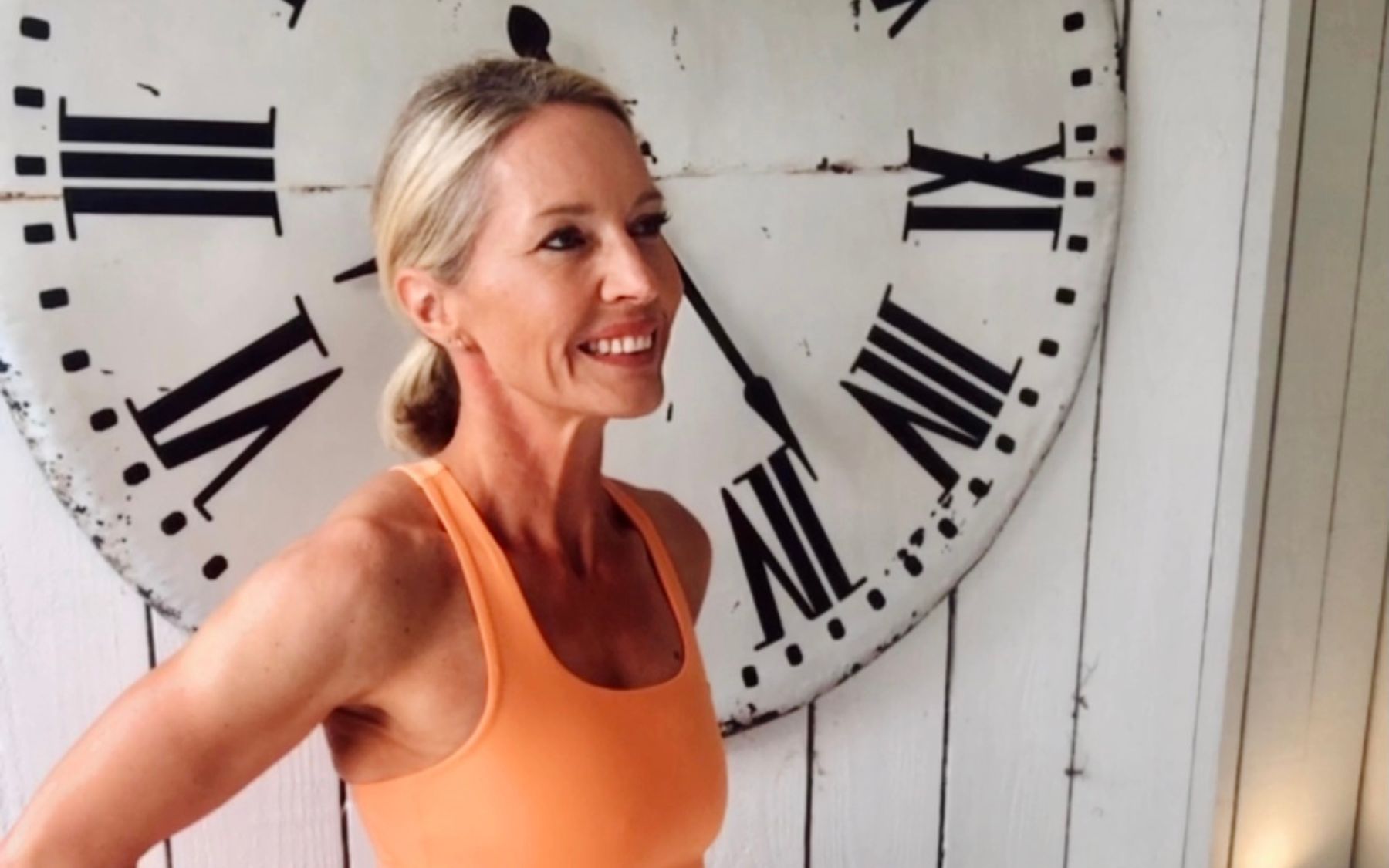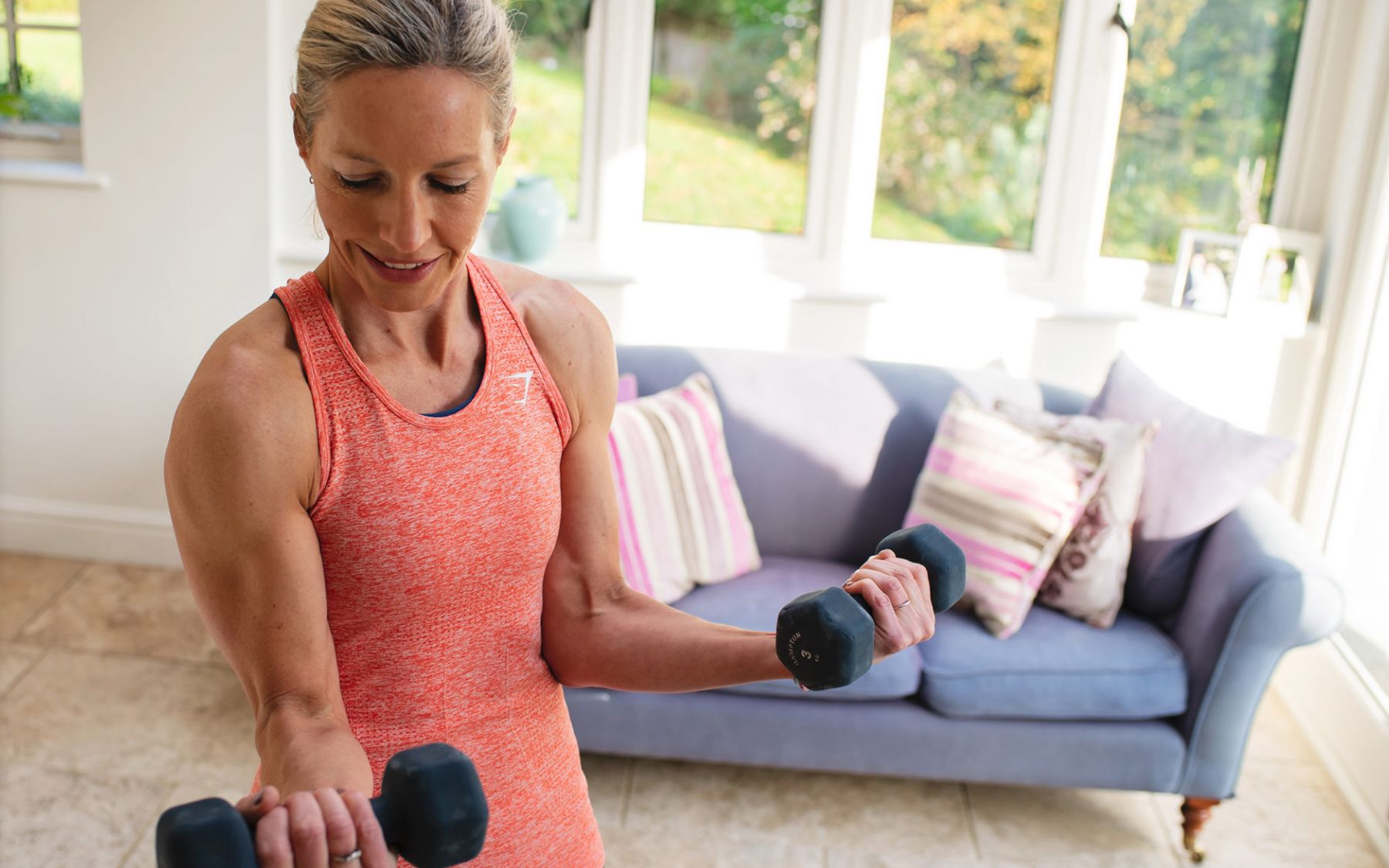The important thing here is that you are working on your own journey and the time it takes to see and feel results from exercise can vary widely from person to person, depending on several factors: your fitness level, the type of exercise you’re doing, the intensity of your workouts and of course your overall health and diet.
Here are some general guidelines:
1. Immediate Effects
- The feel-good factor: You may experience an immediate mood boost and increased energy levels after a workout. This is due to the release of endorphins, often referred to as “feel-good” hormones.
2. Short-Term Effects (a few weeks):
- Increased energy: You might notice increased energy levels and improved sleep patterns within a few weeks.
- Improved mood and mental clarity: Regular exercise has been linked to better mood and cognitive function, and you may start to notice these benefits relatively quickly.
3. Mid-Term Effects (4-8 weeks):
- Strength improvements: If your workout includes strength training, you may begin to see improvements in muscle strength and endurance.
- Weight loss or body composition changes: Depending on your exercise routine, goals and dietary habits, you may start to see changes in body composition, such as reduced fat and increased muscle mass.
4. Long-Term Effects (3-6 months and beyond):
- Visible changes: Significant changes in body composition, muscle tone, and overall fitness may become more noticeable.
- Cardiovascular improvements: You may experience improvements in cardiovascular health, including increased endurance and a lower resting heart rate.
- Flexibility and mobility: Regular exercise can enhance flexibility and joint mobility over time.
It’s important to note that individual responses to exercise can vary, and consistency is key. The frequency, intensity, and type of exercise all play crucial roles in determining how quickly you’ll see and feel results. MOST IMPORTANTLY factors like nutrition, sleep and overall lifestyle choices contribute hugely to the overall impact of exercise on your well-being and how quickly you will see results. You cannot outrun a bad diet so ensure your nutrition is on point alongside your exercise.
Are you looking for a new fitness platform? Try a class for free here.
If you have any questions please do get in touch.
For more workout inspo and to find out a bit more about me check out my Instagram.
Caroline x

